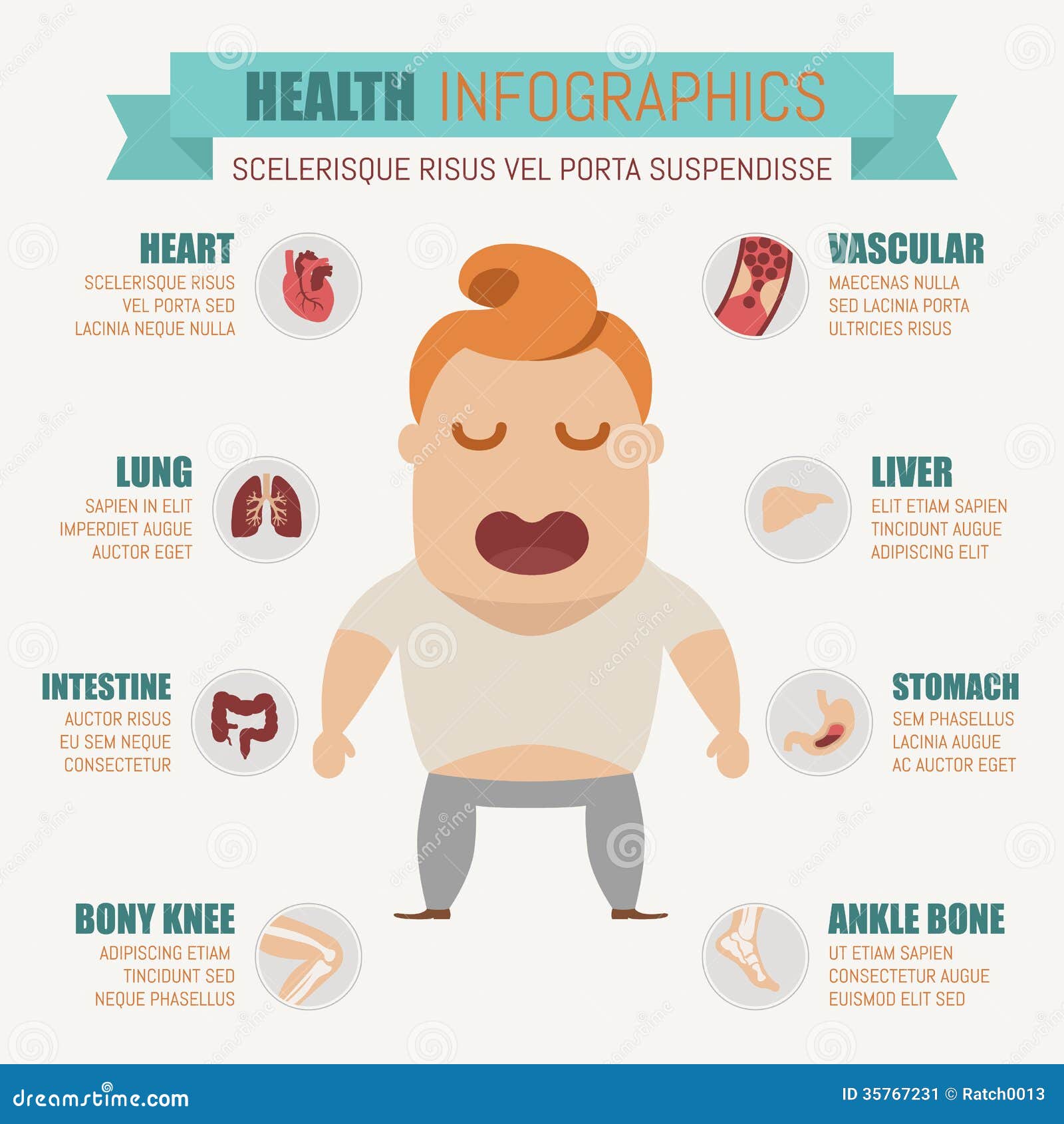Hernia Surgery - What You Need To Know

Content written by-Sheehan Gill
The good news is, today's rupture repairs are quick, efficient and risk-free. They additionally result in a much less agonizing recuperation duration as well as reduced reoccurrence rates.
Laparoscopic rupture surgical treatment is generally carried out under basic anesthesia. A small video camera called a laparoscope is inserted with one of several little lacerations.
Frequent Hernias
Hernias can persist, particularly if they aren't repaired quickly. A persisting hernia can cause you problems like pain, swelling, as well as stiffness.
The majority of ruptures can be treated with rupture surgical procedure, which involves taking care of the hole in your abdominal wall surface and also strengthening the area. It can be done using traditional surgery, or minimally invasive laparoscopic (keyhole) surgical treatment.
The treatment can take a couple of hrs to finish. Occasionally a basic anaesthetic is utilized, which makes you totally asleep and also does not cause any pain.
After the procedure, your specialist will certainly place a mesh in your abdomen at the weak point where the rupture came through. This will assist to enhance the area as well as stop the hernia from repeating.
Recurrence prices for both tension repairs as well as mesh based repairs are considerably less than those for standard open hernia repair services. Nevertheless, this is not a 100% guarantee.
Rupture Repair Service Options
Ruptures establish when the muscles in your abdominal areas end up being weak and open up a space where cells, typically fat or intestinal tracts, can press with. They can trigger discomfort, swelling as well as various other serious health problems otherwise treated early.
Hernia fixing can be performed with various strategies as well as products, depending on your rupture type. Stress rupture repairs typically include cutting into the tummy area as well as using stitches to draw the muscle and also other tissues back together.
Non-tension rupture fixings are less intrusive as well as can be made with mesh (an absorbable product) or the body's own cells. Numerous researches have actually found that hernias fixed with mesh are less most likely to recur than those repaired with tension.
Rupture surgical procedure can additionally be made with a minimally intrusive method called laparoscopy. The treatment uses a little cam and also long, slim instruments to repair your hernia. This can result in quicker recovery, less pain and scarring as well as fewer issues than open hernia repair service.
Preparation for Surgery
Preparation for surgery is a two-part process: physical and also mental. can you exercise after hernia repair can minimize your risk of difficulties as well as raise the rate at which you recover after hernia surgical procedure.
It's ideal to comply with the directions your physician provides you well before your procedure. For instance, your doctor may recommend that you stop taking pain killers and also various other NSAIDs (nonsteroidal anti-inflammatory medicines) a minimum of 7 days prior to surgery.
Additionally, ask your doctor concerning staying clear of certain sorts of food the day before your surgical treatment. This is to avoid infection.
You ought to additionally make arrangements for a responsible grownup to drive you home after your surgical treatment. If you're not able to arrange this, your specialist may terminate the operation.
Recuperation
It is common to experience pain after rupture surgery, but it is a normal part of the recovery process. Many patients will really feel better within a week of the operation.
It is necessary to consume a lot of water as you recuperate. The medical professionals suggest at least 6-8 cups of liquid a day.
As you heal, it is additionally vital to pay attention to your body as well as do what really feels right-- don't press on your own, if it hurts, stop.
please click for source might recommend discomfort drug if required to aid you with pain. You can use a nonsteroidal anti-inflammatory, such as Tylenol or Advil/Motrin (advil), or a stronger pain medicine like morphine or Oxycodone.
At WakeMed, we desire you to be able to return to your life as swiftly as feasible after rupture surgical procedure. Most of our individuals can go back to desk work in 1-3 days as well as resume normal workout in 2 weeks.

